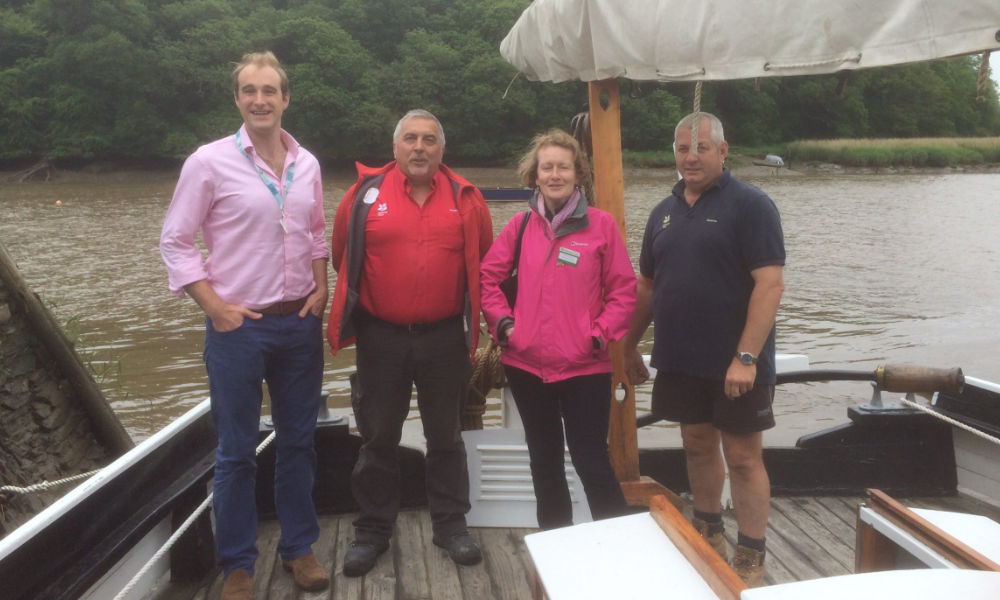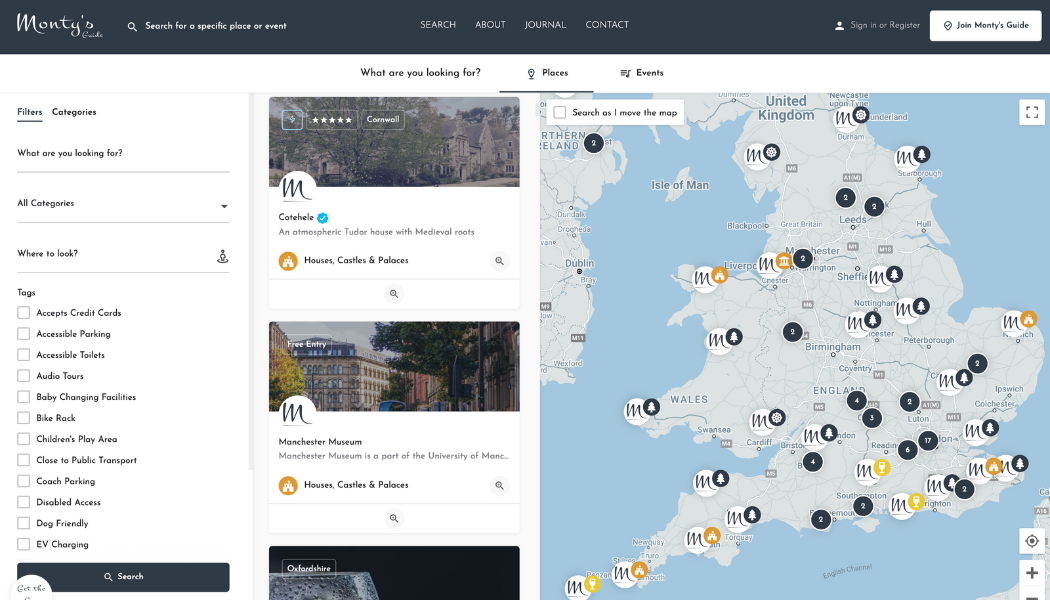At various points in our lives, we’ve all had to deal with questions where, if we’re brutally honest, we’d rather nail ourselves into a dark wardrobe than surrender an answer to the inquisitor.
In an age where we have more information and data at our fingertips than we know what to do with, the one question that catches everyone out is the evergreen ‘What shall we do today?’
If, like me, you’ve come to expect this question to gently slip into civilised conversation on a Saturday morning, you’ll know that the wrong answer can lead to disaster, and the only place you’ll end up going is to Coventry.
To put this into context, my parents took (dragged) me to hundreds of museums and galleries as a small child, and since I learned that I wanted to go of my own volition later in life, I’ve been to many hundreds more. So I’m confident I can make some excellent recommendations.
But no matter what, when presented with the dilemma of suggesting somewhere to go that isn’t going to be crap, my brain decides to have a siesta and all I can think of is the Scottish Gallery of Modern Art. And that would be a fine choice if it were not for the fact that we live in the Cotswolds.
At this point I can almost hear you saying ‘just do a Google search’ or ‘look at TripAdvisor’. You might even be inclined to suggest flipping open a copy of the NT handbook or the latest edition of Historic Houses.
Now, these are all very good suggestions, and they usually result in an amicable arrangement where something is chosen and the day is planned.
But with this cycle being repeated on most weekends and holidays, I started thinking whether this was actually the best way of going about things.

Let me explain this a little further…
Whilst Google is great at showing other people’s content based on our questions and their search rankings, what we get is subjective and requires us to do the leg work when it comes to filtering out the good from the bad.
That’s where TripAdvisor comes in, right?
Well, kind of…
TripAdvisor allows us humans to rank, rate and rave about places that we’ve been to, and that all sounds great. However, what I’ve come to find is that the results I’m presented with range from the well-reviewed through to the utterly bizarre (who can forget that at one point the Bude Tunnel was ranked as the third top attraction in Cornwall…).
Now there are also some incredibly good apps on the market made by the National Trust, English Heritage and Historic England etc, and although they are top-notch, they naturally only contain places to visit that sit within their portfolio.
So what about everyone else?
All of this leaves me back at square one and it led me to think that there must be a better way of going about this.
So, in true entrepreneurial style, I started spending my evenings thinking about what could be done to make this while process that little bit easier.
The more I thought about what I wanted, the clearer it became that a website that brings everyone together was the answer. Most importantly, I decided that if I was going to jump in headfirst and design a site, it had to fulfil the following:
Be exceptionally easy to use, both by visitors and attractions
Look beautiful, especially when accessed on mobile phones
Add more value than any other website out there
After many late nights and summer walks sketching out in my head how it would work, I eventually started work on building a site that answers my most anxiety-inducing question ‘what shall we do today’.
Fast forward 6-months to today, and with many lines of code now written, Monty’s Guide opens for business.
For visitors, the aim of Monty’s Guide is to help them find their next great day out on one site.
For attractions, it’s all about increasing footfall.
It really is that simple.
One of the most important aspects that I wanted to include on Monty’s Guide from the outset is the range of really good attractions on offer. Thinking about the users of Monty’s Guide, I know that a great day out could be anything from a trip on a heritage railway, a tour of a whisky distillery, a peek inside one of our incredible stately homes or a visit to a museum or gallery.
I could go on but I’m too excitable.
As a final parting remark, thank you very much for reading my story about how and why Monty’s Guide was conceived, and I sincerely hope that it provides the answers that so many of us are looking for.
And don’t forget, if you run a great visitor attraction in the UK and think Monty’s Guide would be a great fit for your business, please get in touch or visit our website to find out how you can join an amazing community of places dedicated to giving visitors their next great day out.










